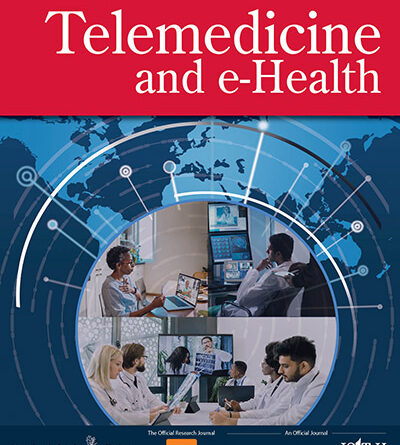Neurologists’ Evaluations of Experience and Effectiveness of Teleneurology Encounters
Background and Objectives:To better understand neurologists’ assessments of the experiences and effectiveness of teleneurology encounters.
Methods:After completing an audio–video telehealth visit with verbally consenting patients, neurologists recorded their evaluations of the encounter. Data were analyzed using standard quantitative and qualitative techniques.
Results:The study included unique encounters between 187 patients and 11 neurologists. The mean patient age was 49 ± 17.5 years. Two thirds of patients (66.8%, 125/187) were female. One third of patients (33.2%; 62) were new patients. The most common patient complaints were headache (69/187, 36.9%), focal and generalized numbness or tingling (21, 11.2%), memory difficulty (15, 8%), spine-related symptoms (12, 6.4%), and vertigo (11, 5.9%). Neurologists reported that they completed a virtual examination that provided enough information for medical decision-making in 94.9% of encounters (169/178, 9 missing responses). Fourteen of 25 examination elements important for medical decision-making could be performed sufficiently during virtual encounters. Examination assistance was needed for 16.4% (30/183) of patients, who were, on average, 17.3 years older than those who did not require assistance (62.9 years vs. 45.6 years, p = 0.0002). In 19.1% (34/178) of encounters, neurologists learned clinically relevant information from seeing patients in their homes. Neurologists’ assessments of the effectiveness of encounters were not related to the presence (97.2%, 35/36 effective) or absence (95%, 134/141 effective) of technical difficulties (p = 0.5729) in 177 encounters (10 missing responses).
Discussion:Neurologists reported that nearly 95% of teleneurology encounters were effective despite limitations of the virtual examination, occasional need for patient assistance, and technical difficulties.


